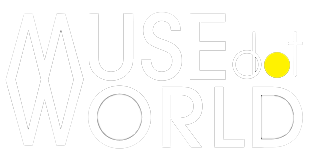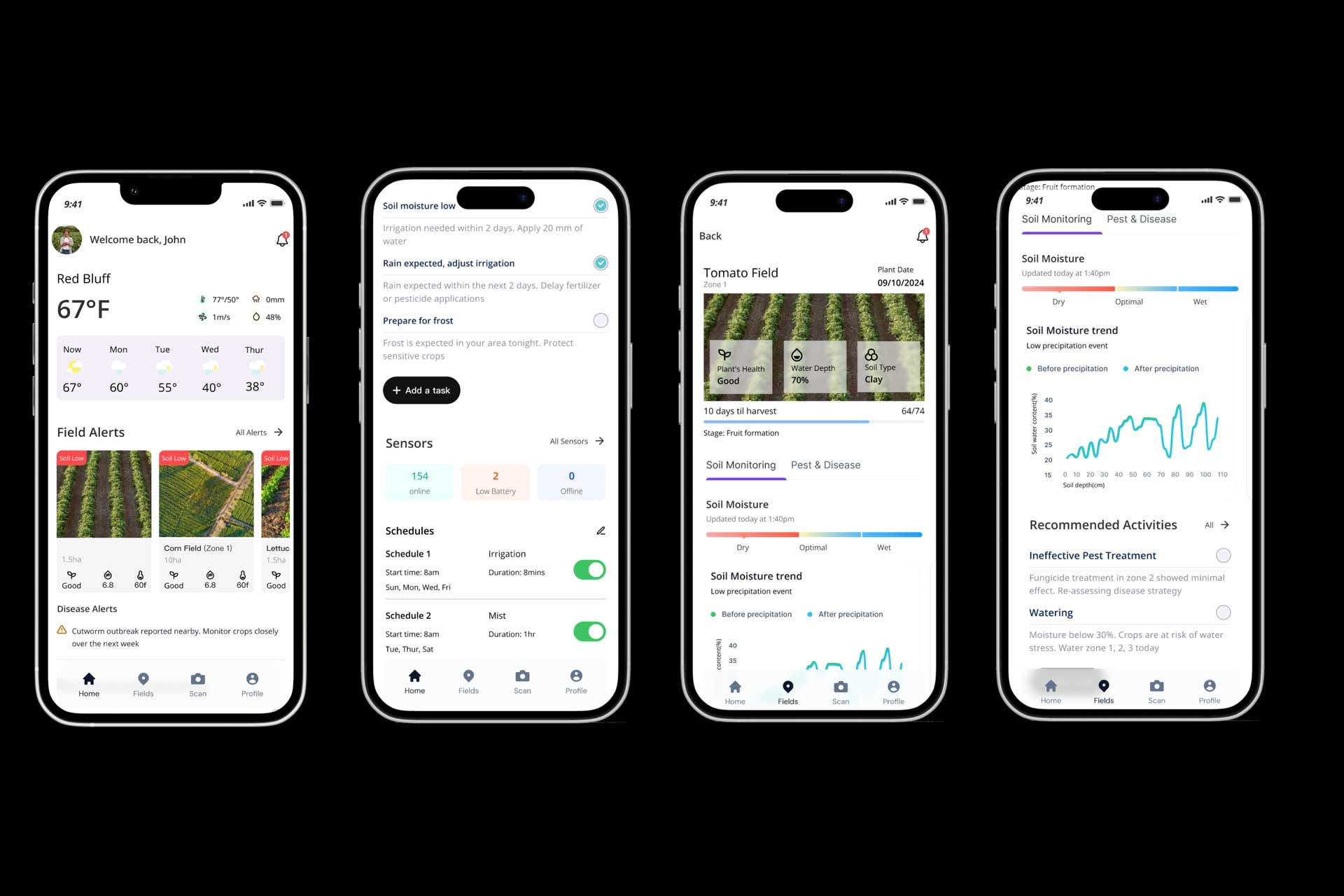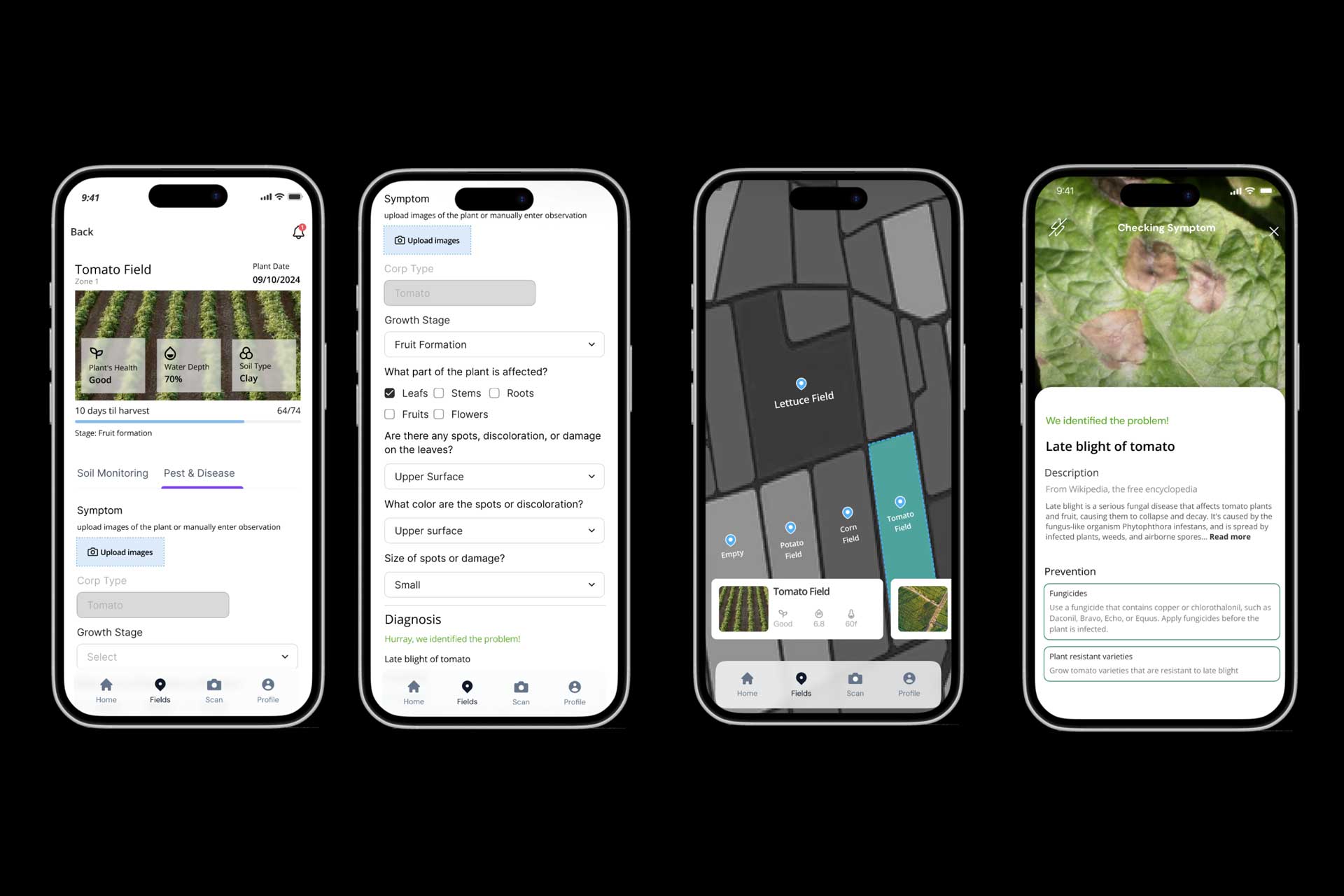Transforming Farming with UX and AI: The Vision of Xue Song

Balancing Modernity & History: A Talk with Yushan Jiang
April 8, 2025
Architecting Trust: Aparna Achanta, IBM, on Elevating Federal Cybersecurity
April 10, 2025Xue Song
Through Argiguard, Xue Song integrates UX design and AI to help farmers tackle daily challenges by providing real-time data on crop health, pest detection, and weather patterns. This tool empowers farmers to make informed decisions, boost productivity, and adopt sustainable practices, improving yields and reducing losses.
I was inspired to submit my work for this competition because I believe in the power of technology to transform agriculture, making farming more efficient, sustainable, and data-driven. This project addresses real challenges farmers face, and I wanted to showcase how UX design and AI can create meaningful impact.
Winning would be a huge milestone—personally, it would validate my passion for human-centered innovation, and professionally, it would open doors to new collaborations and opportunities to further develop smart solutions in agriculture and supply chain management.
The success of this project comes from a deep understanding of the challenges farmers and agricultural consultants face—from unpredictable weather to pest outbreaks and inefficient resource use. Inspired by the need for smarter, data-driven farming, I wanted to create a user-friendly solution that empowers farmers with real-time insights to make better decisions.
This project represents a shift in today’s industry towards precision agriculture, where AI and data visualization help farmers increase efficiency, reduce waste, and promote sustainability. It highlights how UX design can bridge the gap between technology and real-world agricultural needs, making advanced tools accessible and impactful.
The success of this project stems from a desire to solve real challenges in agriculture through technology. Farmers struggle with unpredictable weather, pest outbreaks, and inefficient resource management, often relying on manual methods that can lead to losses. Seeing this gap, I was inspired to create a smart, user-friendly solution that provides real-time insights, helping farmers make informed decisions with ease.
This project represents the growing shift toward precision agriculture, where AI, data visualization, and automation enhance productivity and sustainability. It highlights how UX design can make complex agricultural technology accessible, empowering farmers and consultants to optimize yields, conserve resources, and build resilience against climate challenges.
What set this project apart was its user-centered approach—it wasn’t just about technology but about making AI-powered insights easy to use for farmers and consultants. Many existing tools are complex or generic, but this design focused on field-specific, real-time data, ensuring users get actionable recommendations tailored to their needs.
Key strategies that made it shine included symptom-based diagnostics for pest identification, precision weather alerts, and data visualization for soil health monitoring. By combining AI, intuitive UX, and real-world agricultural needs, the project bridged the gap between advanced technology and practical usability, making it a truly impactful and scalable solution.
One major challenge was designing an intuitive interface that simplified complex agricultural data for farmers while still providing detailed analytics for consultants. Early user testing revealed that some features were too technical, making adoption difficult.
To overcome this, I focused on streamlining the UX, using clear visualizations, step-by-step guidance, and customizable alerts. By collaborating with farmers and consultants, I refined the interface to balance simplicity and depth, ensuring the tool remained powerful yet easy to use. This user-driven approach made the app more accessible, practical, and effective in real-world farming conditions.
For those aiming for success, my advice is to stay user-focused, solve real problems, and refine relentlessly. No matter the industry, deeply understanding user needs and designing with simplicity and impact in mind is key.
To craft award-worthy entries:
1. Tell a clear, compelling story—highlight the problem, the solution, and the impact.
2. Prioritize innovation with usability—great ideas shine when they’re accessible and practical.
3. Test, iterate, and learn—feedback is invaluable, so embrace it and refine continuously.
4. Be passionate and purpose-driven—when your work solves meaningful challenges, it stands out.
The creative industry is evolving rapidly, driven by AI, automation, and data-driven design. UX is no longer just about aesthetics—it’s about creating intelligent, intuitive solutions that adapt to users’ needs. The rise of AI-assisted decision-making, predictive analytics, and hyper-personalization is transforming how we design for industries like agriculture, logistics, and supply chain management.
In the future, I aim to position myself at the intersection of UX, AI, and smart technology, leading innovation in user-friendly, data-driven solutions. I want to continue bridging the gap between complex technologies and real-world usability, ensuring that emerging tools empower, not overwhelm, users—whether in farming, logistics, or beyond.
To those just starting out or feeling hesitant, I’d say don’t let fear hold you back—every designer has to start somewhere, and competitions are a great way to learn, grow, and gain recognition. Start by viewing awards as an opportunity to showcase your passion and the problem-solving nature of your work, rather than focusing on perfection.
Building confidence comes from embracing the process—research your competition, ask for feedback from peers or mentors, and reflect on how your work impacts the world. Even if you don’t win, the feedback and exposure you get can open doors and help you grow as a designer. Remember, every step you take builds your experience and portfolio, and the value in participating is often in the connections and learning that come with it.
My award-winning entry is a smart farming app that uses real-time data and AI to help farmers optimize crop health, manage pests, and adapt to weather changes—empowering them to make informed decisions for sustainable farming.
This design stands out because it combines innovation with simplicity, delivering actionable insights that solve real problems in agriculture, making technology accessible and impactful for all users.
I’m excited to dive deeper into the intersection of AI and sustainable agriculture. I’m working on expanding the app with IoT integration for automated monitoring and predictive analytics to further optimize farming practices. Additionally, I’m exploring ways to expand into new industries where AI-driven insights can make a significant impact, such as logistics and supply chain management.
My goal is to continue developing innovative, user-centered solutions that empower individuals and organizations to make smarter, more sustainable decisions. Stay tuned for some exciting updates as I continue working toward creating a more efficient, connected future!
Xue Song
Through Argiguard, Xue Song integrates UX design and AI to help farmers tackle daily challenges by providing real-time data on crop health, pest detection, and weather patterns. This tool empowers farmers to make informed decisions, boost productivity, and adopt sustainable practices, improving yields and reducing losses.
Explore the journey of the Qiuyu Li, the Gold Winner of the 2025 MUSE Creative Awards. He reimagines the East Asian calendar, transforming time into a visual experience. Qiuyu Li’s work, 72 Seasons – Capturing Nature in Typography, blends tradition with modern design, capturing the rhythm of seasonal change and earning a spot in Switzerland’s Museum of Avant-Garde collection.



